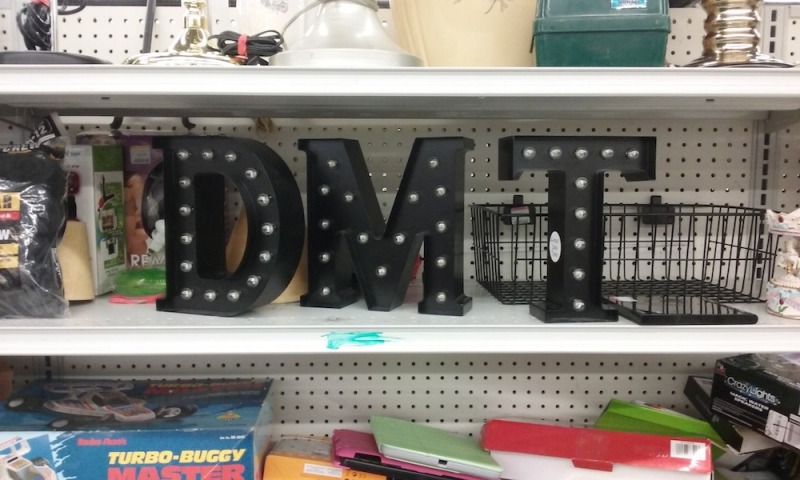...more recent posts
The new trend in New York area galleries and museums is claiming a show is "digital" whether it is or not. "Glee," a
slightly-above-average abstract painting show that closed January 7 at the Aldrich Museum, began its press release with
paeans to the Internet, Y2K, and the "digital revolution," then waited until paragraph 2 to mention that the show was about
"artists' renewed confidence in painting in the face of new visual technologies." (The strategy worked--it led Tim Griffin, art
editor of _Time Out New York_ to inattentively include "Glee" in his fall roundup of digital shows.) Griffin himself then
curated "Compression," (which also closed in January) at Feigen Contemporary, including Michelle Grabner (painter), Diti
Almog (painter), Dike Blair (sculptor/installation artist), and some artists who use computers, all tied together with dialogue
about "image compression technology," "flagship stores," and "economic mainframe(s)." Now we have "Jello," curated by
artnet columnist Max Henry (through Feb. 17 at Frederieke Taylor, 535 W 22, NYC), which claims to be based on a
"coalescing digital zeitgeist," even though only 3 out of 11 artists work with digital media. The show's highlight, digitally
speaking, is Daren Kendall's video, in which strategically cropped and Rorschached footage of a high school wrestling
match yields a very funny post-human blob of multiplying heads and arms--equal parts Paul Pfeiffer, Jerry Uelsmann, and
H. P. Lovecraft. Unfortunately, the "digital zeitgeist" simply isn't big enough to include Charles Long's
orange-extension-cord-with-elephantiasis, a Dan Flavin light bulb (!), and all the weak paintings Henry packed into the
show.
--Hector Pitts
